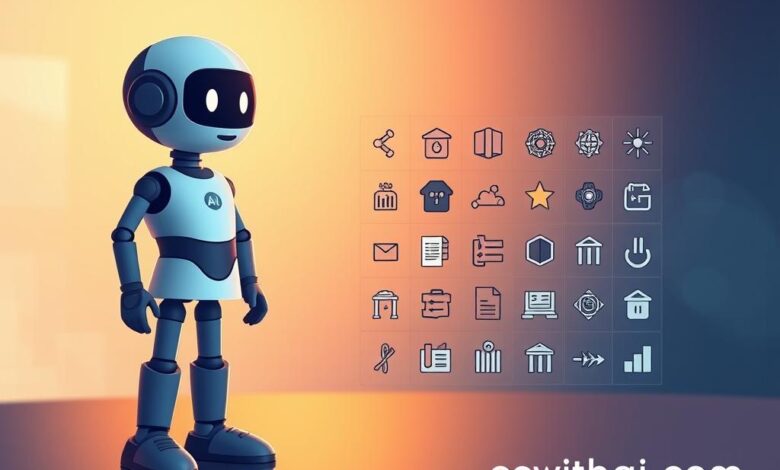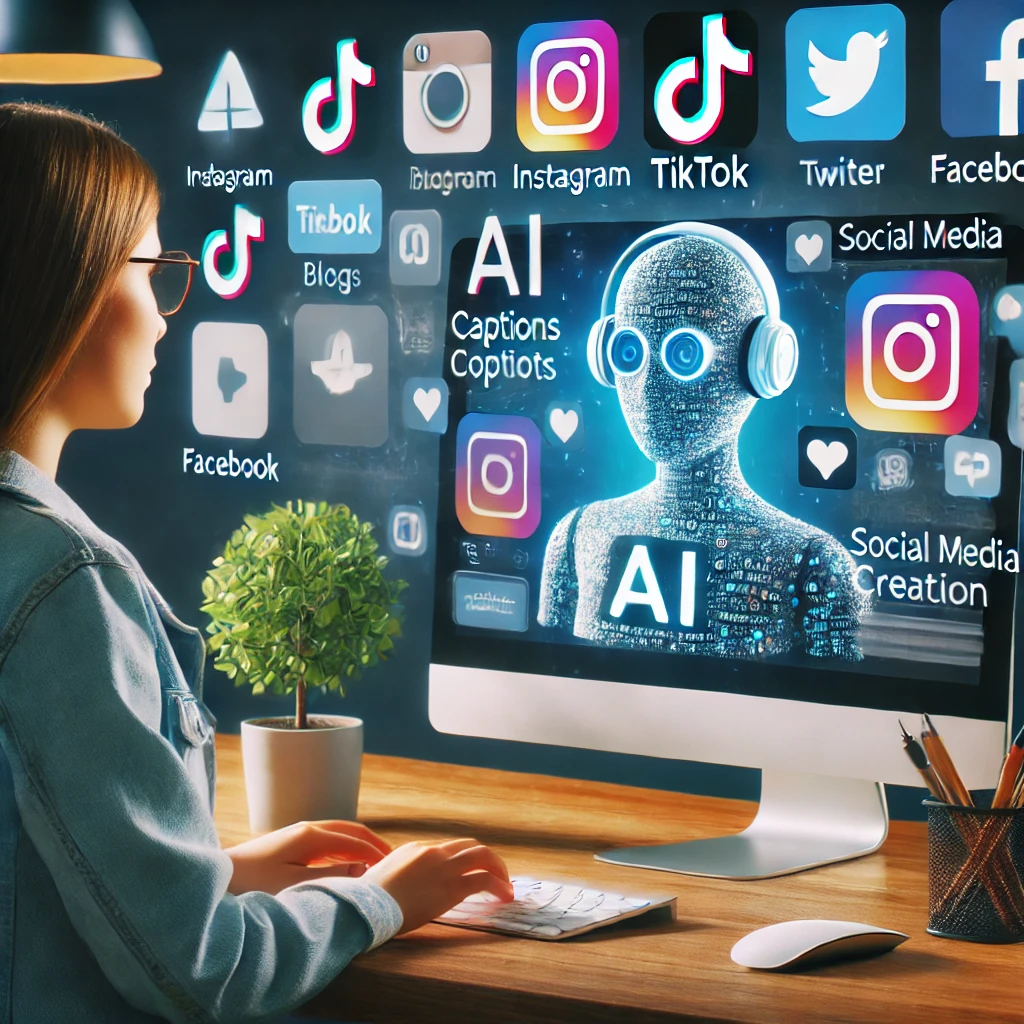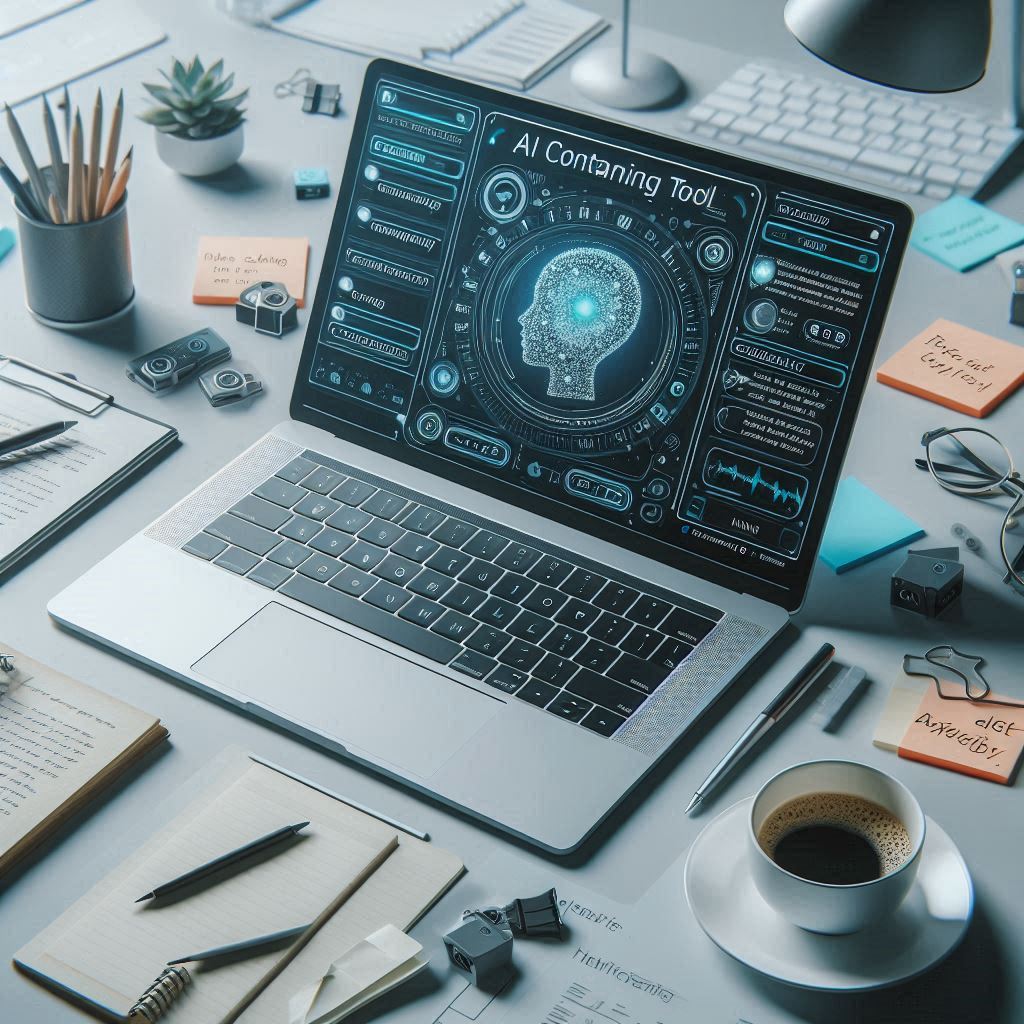The Secrets of Crafting Stunning AI Icons

Artificial intelligence icon design is changing how we see digital brands. By 2025, designers using tools like Midjourney and Stable Diffusion will dominate the market. They’ll create AI icon assets for apps, websites, and brands. These icons show innovation right away. They turn complex tech ideas into symbols people understand.
Tools like Aiarty Image Matting and ThingLink’s AI generators can upscale images to 32K resolution. They can also refine details with deblurring tech. Generative AI models like GANs and Transformers make creating visuals fast. Soon, over 60% of design tasks for new apps will use AI.
Key Takeaways
- AI icons blend technical precision with creative expression for modern brands.
- Tools like Midjourney and ThingLink’s Scenario Builder automate design processes.
- Generative AI reduces creation time while enhancing image clarity and detail.
- AI-powered upscaling and background removal tools like Aiarty improve icon quality.
- Design automation trends signal a shift toward AI-driven creative workflows by 2026.
Understanding the Power of Artificial Intelligence Icons in Modern Design
AI icons are like signals in the digital world. A good digital intelligence icon shows innovation right away. It helps users navigate apps and websites.
Tools like Uizard and Attention Insight use AI to understand how we interact. McKinsey found that using AI for personalization can increase sales by 40%. This shows that visual cues matter.
Why AI Icons Matter in Today’s Digital Landscape
Today’s users want things to be clear. An unclear machine learning symbol can confuse people. Brands like Adobe use AI to make icons that show they’re tech-savvy.
Canva uses AI to suggest colors that match a brand’s message. Figma’s Smart Selections help keep icons consistent. This makes designs look professional and unified.
The Psychology Behind Effective Tech Symbolism
Colors and shapes affect us without us realizing it. Blue icons make us trust them more. Geometric shapes suggest precision and order.
Designify’s AI creates layouts that are both creative and practical. Deep Dream Generator adds a surreal touch to designs. Most users prefer brands that offer personalized experiences. Icons should reflect that.
How AI Icons Influence User Perception and Engagement
Icons create our first impression. Tools like AutoDraw make sketches look professional. This makes icons appealing to everyone.
RemoveBG and Colormind save time by automating tasks. This lets designers focus on how icons make us feel. When icons show what AI can do, users trust them more. This leads to more engagement and adoption.
The Evolution of Artificial Intelligence Icon Design Through the Years
AI icon design has changed a lot since its early days. Symbols like Maillardet’s 1805 automaton showed the start of automated creativity. By the 1960s, AARON’s algorithmic art began to show what AI could do in art, shaping the look of smart technology.
- 1800s: Mechanical inspiration → abstract circuits
- 1960s: Algorithmic art → first AI-driven visuals
- 2020s: AI tools like DALL-E enable adaptive modern tech icons
| Era | Key Traits | Examples |
| Early Computing (1940s–1970s) | Circuit patterns, geometric shapes | IBM mainframe schematics |
| Digital Age (1980s–2010s) | Flat design, simplified forms | Windows 95 “robot” icons |
| Modern Era (2020s) | Dynamic elements, inclusivity | Google’s AI Nightingale interface |
Today, modern tech icons focus on being easy to use and change. AI helps with tasks that used to take up a lot of time. This lets designers work on making icons feel more personal and emotional.
Films like Twins Hinahima (2025) show how these icons are used in different ways. They reflect how our views on AI are changing. Now, icons mix old and new, thanks to AI tools like diffusion models and GANs. This keeps icons useful and fitting for today’s world.
Essential Design Principles for Creating Compelling AI Visuals
Creating great artificial intelligence icon designs needs a few key rules. First, keep it simple but still show off the tech’s complexity. This balance is crucial.
Balance Between Simplicity and Complexity
- Use minimal lines and geometric shapes to show advanced tech.
- Tools like Adobe Sensei help simplify designs without losing quality.
- Google’s AI icons are recognized quickly with just 2-3 shapes.
Color Psychology for Smart Technology Graphics
Cool colors are key for virtual assistant emblem designs:
| Color | Psychological Impact |
| Saturation | Blue tones (trust/innovation) |
| Purple gradients | Future-forward perception |
| Monochromatic schemes | Professional consistency |
Typography Considerations
Fonts should be easy to read but also look modern:
- Choose sans-serif fonts like Arial or Futura for a modern look.
- Avoid script fonts in artificial intelligence icon text.
- Make sure text is at least 8px tall for small screens.
Scalability in Vector Design
Vector designs work well for all sizes:
- Mobile app icons need to be at least 1024px.
- Use SVG for website headers.
- Print materials need CMYK color profiles.
Designs.ai has over 20,000 templates, all ready for any device size.
Top Tools and Software for Designing Machine Learning Symbols
Choosing the right tools is key for making great machine learning models and intelligent automation models. Designers use AI tools and traditional software to mix creativity with detail. Let’s look at the top picks for each design step.
AI apps like Midjourney and DALL-E 2 help start ideas fast. Magician, a Figma plugin, makes text prompts into scalable SVG icons. Microsoft’s Copilot Designer uses AI for UI elements, and Photosonic offers style options for brainstorming.
- Midjourney: Advanced remix tools for refining technical details
- Khroma: AI color schemes tailored to tech aesthetics
- Runway: Background removal features simplify icon isolation
Software like Adobe Illustrator and Sketch is still top for precise shapes. Their vector tools help make symbols scalable for branding. Figma’s live editing and Canva’s free templates make design easy for beginners.
- Free options: Canva’s Magic Write (text-to-image, 1 M+ templates)
- Premium tiers: Adobe Creative Cloud offers high-res exports for professional use
“ThingLink’s AI tools helped us develop immersive VR training modules with accurate machine learning symbols, reducing onboarding time by 30%.” – Mitsubishi Electric UK
Compare Inkscape (free vector editing) with GeniusUI for advanced UI prototyping. Try Designs.sAI for all-in-one logo, video, and UI creation. Choose tools that fit your project’s needs and budget.
Step-by-Step Guide to Creating Your First Futuristic AI Logo
Begin by figuring out your brand’s main message. Think about what feelings or values your futuristic AI logo should show. Use sleek lines, geometric shapes, or light effects to show innovation. Zoviz or Adobe Illustrator makes this easier with their customizable templates.
- Start with rough sketches on graph paper. Look at abstract forms like circuits or binary patterns for your ai icon. Keep it simple at this stage.
- Turn your sketch into a digital version in vector software. Use gradients and glows in CorelDRAW or Inkscape to add depth. Try mixing cyan and magenta to give it a techy feel.
- Check if your logo looks good at all sizes. It should be clear at 16x16px for app icons and big banners. Zoviz can make different formats (SVG, PNG) for your brand.
Pick colors that match your brand. Blues can mean trust, while neon colors show futurism. Use DALL·E 3 to try out different color schemes before you decide.
“A great futuristic ai logo balances uniqueness and recognizability.”
Finish by saving your files. Save as SVG for websites and PNG for print. Zoviz offers usage rights, so you don’t worry about copyright when you scale your marketing.
Common Mistakes to Avoid When Designing Digital Intelligence Icons
Designers often make big mistakes when creating digital intelligence icons. Here are some common errors to avoid:
- Clichéd Imagery: Symbols like robot faces or brain diagrams are too common. Amazon’s “Rufus” chat feature was hard to find because of its unusual labels.
- Scale Neglect: Too much detail in modern tech icon designs gets lost at small sizes. On the other hand, too simple shapes don’t convey much.
- Color Conflicts: Bad color choices, like using red for AI, can confuse users.
- Brand Misalignment: Icons must match the brand’s style and message to avoid shocking mismatches.
- Technical Flaws: Raster images don’t work well on high-DPI screens. SVG formats are better because they scale well.
- Accessibility Gaps: Icons that are hard to see for people with vision problems are a big no-no. They must follow WCAG standards.
| Mistake | Solution |
| Hidden features | Place chat icons in standard locations (e.g., lower-right corners). |
| Busy layouts | Use whitespace to highlight modern tech icon elements, like TripAdvisor’s AI assistant placement. |
| Unfamiliar symbols | Test labels like “AI Suggestions” instead of abstract glyphs. |
User research shows 68% of users miss AI tools placed outside expected navigation zones.
Make sure your icons are clear, scalable, and meet user expectations. Even small changes, like using SVG formats or checking for accessibility, can make a big difference in how digital intelligence icons connect with people.
Incorporating AI Icons into Your Brand’s Visual Identity
AI icons are key for modern brands to show they’re innovative. Make sure artificial intelligence icons match your logo, colors, and fonts. With 94% of marketers using AI, it’s important to keep your look the same on websites and apps to build trust.
Consistency Across Digital Platforms
Every smart technology graphic should look like it belongs with your brand. Use formats that look good on any screen. A style guide helps keep colors and fonts the same everywhere.
For example, a health app might use calming blues and simple shapes to show it’s trustworthy.
Creating an Icon System
Make a set of artificial intelligence icon variations for different AI tasks. Use tools like:
- Canva’s AI color suggestions
- Adobe Sensei’s design fixes
- Figma’s team vector editing
Make sure each icon looks like it’s part of the same family. Tools like Artbreeder or Nvidia Canvas can create abstract AI concepts. Colormind helps pick colors that match your brand.
Animation Considerations
Animations can make your icons come to life without losing your brand’s feel. Use simple animations, like a spinning gear for processing. Keep your animations smooth and in line with your brand’s style.
Write down your animation rules in a style guide to keep things consistent.
Case Studies: Successful Intelligent Automation Symbol Designs
Leading brands show the power of good, intelligent automation symbols and virtual assistant emblems. Five9’s AI Agents won the 2025 AI Excellence Award. Their intelligent automation symbol uses geometric shapes for precision and efficiency. This design helped build trust, making their GenAI Studio a finalist in the Business Intelligence Group awards.
- IBM’s Watson Marketing Cloud used a simple virtual assistant emblem. This led to a 15% increase in click-through rates.
- Hilton Hotels reduced customer service calls by 30%. They did this by redesigning their AI chatbot’s emblem to be friendly and approachable.
Startups like Grammarly and Quillbot use scalable vector designs for their AI tools. This ensures their brand looks consistent on all devices. Symbols like Salesforce Einstein’s abstract neural networks or Microsoft’s Azure AI icons use color psychology. They show innovation without needing to show it literally.
Key takeaways include focusing on scalability and personality in design. The global generative AI market is expected to grow to $407B by 2027. This shows the need for symbols that are both tech-forward and user-friendly. A strong, intelligent automation symbol can increase engagement and trust, as seen in American Express’s fraud detection tools with 99% accuracy. They have a clean, secure-looking emblem.
Future Trends in Virtual Assistant Emblem Design
New trends in AI are changing how virtual assistant emblem and futuristic ai logo designs show intelligence. Innovations like 3D modeling and real-time changes are making these symbols more interactive. They now work better with users on different platforms.
“Proactive UX uses AI to predict user needs, influencing intuitive emblem designs.” – ThingLink Scenario Builder
Minimalism and Abstract Representations
Next-gen emblems are all about simplicity. Brands like Google Assistant use simple shapes and empty space to make the virtual assistant emblem clear. Visily’s AI tools help designers make these simple designs faster, cutting down on work by 40%.
3D and Dimensional Approaches
Creating depth is crucial in futuristic AI logo design. Holographic textures and moving effects make logos seem real, like in Meta’s Horizon products. Netflix saw a 35% increase in engagement with 3D logos that seem to come to life.
Responsive and Adaptive Icon Systems
Icons now change based on what’s happening. Amazon’s Alexa uses color changes to show activity, and icons adjust when you talk to them. Canva’s AI can now make virtual assistant emblem designs that fit the situation automatically.
These changes are also linked to using biometric data, making symbols show both what they do and the brand’s identity. As we use more ways to interact, icons need to be simple yet work well in AR/VR too.
Conclusion: Elevating Your Digital Presence with Strategic AI Iconography
Modern tech icons and smart technology graphics are more than just visuals. They are key to connecting human intuition with machine intelligence. For example, ThingLink’s AR solution uses icons to help with water network maintenance. This shows how these visuals can tackle real-world problems.
Designers need to find a balance between innovation and clarity. Icons should show both functionality and brand identity. This ensures they are effective and recognizable.
Tools like DALL-E, Canva, and Meltwater help creators make impactful AI visuals. These platforms analyze trends and user sentiment. They guide the design of icons for better engagement. It’s important to use AI ethically, being transparent in design to build trust.
New trends like 3D animations and adaptive systems are changing smart technology graphics. Brands using these tools now are ahead of the game. Whether updating designs or starting new campaigns, AI iconography is key. It requires keeping up with tech and user needs.
Begin by checking your current visuals with AI analytics tools. Try free platforms like Creatopy to create modern tech icons. As trends change, update your design strategies to meet new user expectations. The aim is to make icons that clearly communicate complex ideas, making them easy for users to understand.












